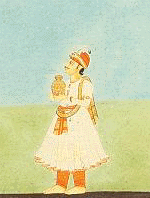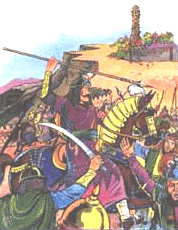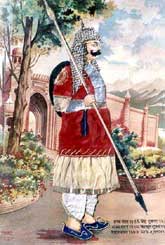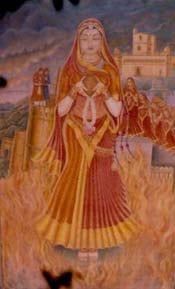Thursday, November 25, 2010
IAS OUR DREAM COMPLETED SEVEN YEARs ON AUGUST 13,2016
Blog Archive
-
▼
2010
(525)
-
▼
November
(39)
- Life Science : Vitamin
- Life Science : The Brain, Spinal Cord & Endocrine ...
- Life Science : Excretion
- Life Science : Skin & Tempareture Control
- Qeustion Trend ( Geo. Prelims Part 1)
- INDIA : 28 STATES & 7 UT
- What is COP16/CMP6?
- Geography Dose
- GK Ebook
- The Story of Chittorgarh
- अग्नि-1 का सफल परीक्षण
- Government Jobs in India (Advantages & Disadvantages)
- Slums in India
- Comprehension Passage
- Numeracy Test (CSAT)
- CSAT (How to improve your comprehension skills)
- Basic Quiz
- Changes in UPSC Exams (CSAT)
- A luk at the conflict between North Korea and Sout...
- Yellow-Red-Black-White Sea (y r tey called so?)
- Present Communist Countries
- Colors of India (Part-2)--(Folk Dance)
- Wushu
- India----Military Junta---Suu Kyi---China
- Status of Shale Gas in India and recent development
- Agreements signed between India and the US (Obama'...
- MPSC guidance
- Obama ..Obama...Obama
- Indian Energy Management----(Reality Ground)
- Biodiversity hotspots of INDIA
- Autobiography of MK Gandhiji
- Obama's visit to India....How different it is from...
- General Overview of India - U.S. Relations
- Millennium Development Goals
- Chief Vigilance Officer (Ombudsmen)
- The Indian Technical and Economic Cooperation (ITE...
- Baseball in India
- Hindi Literature
- Chhayavaad (Hindi Literature)
-
▼
November
(39)



